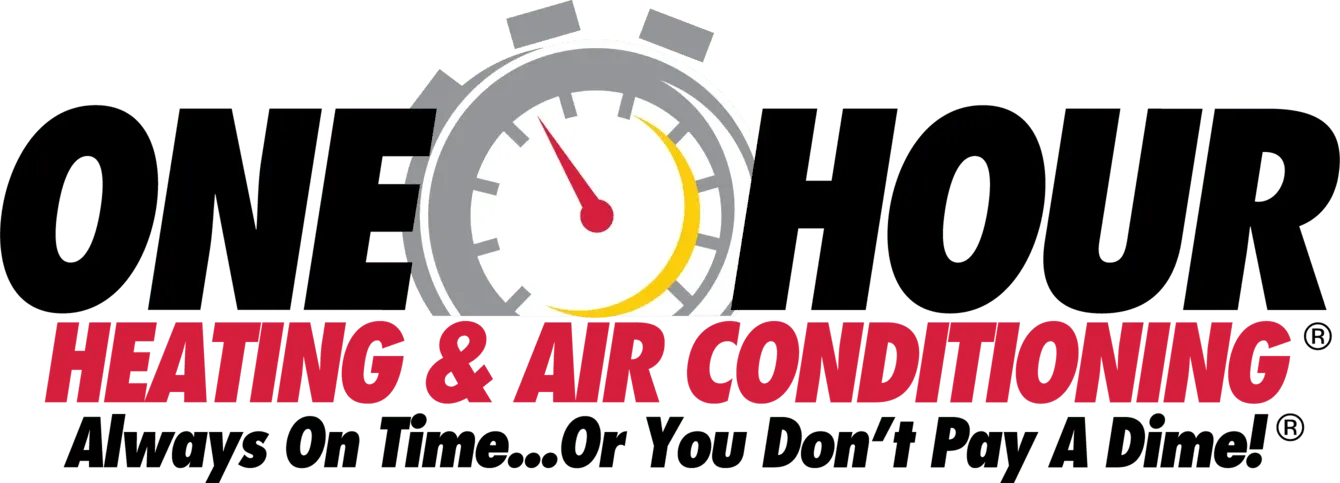The Truth About Refrigerant: What Tucson Homeowners Need to Know
Refrigerants play a vital role in keeping your Tucson home cool and comfy. Historically, most refrigerants use Freon to help produce the cooling effect everyone is familiar with. However, advancements in knowledge have produced a few alternatives that may have less of an impact on the environment. In recent times, these alternative refrigerants have grown in popularity due to the rise in eco-related concerns. The truth about refrigerants is indeed a complicated one. Like most things that make the world go round, the situation is not as simple as it seems on the surface. At One Hour Heating and Air Conditioning, we take pride in educating our Tucson customers on the various tools and chemicals we use in their homes. If you have always wondered about refrigerants, read on to learn everything you need to know as a responsible homeowner.
What is Freon?
Freon is a brand name started by the DuPont company during the 1920s. The name is used for a family of chemical compounds known as chlorofluorocarbons (CFCs), hydrofluorocarbons (HFCs), and hydrochlorofluorocarbons (HCFCs). Several key characteristics helped make Freon the most popular choice for decades. The chemical is incredibly stable, allowing it to maintain its properties while constantly cycling between a liquid and gaseous state. Freon also facilitates efficient heat transfer, which allows for the swift cooling times we enjoy today. Compared to what was commonly in use before the 1920s, Freon had fewer toxins than the competition.
The Main Types of Freon Refrigerants
Freon is a blanket term used to represent three different chemical agents. Each one with varying use cases and properties to consider.
CFCs (Chlorofluorocarbons)
CFCs were highly common up until the 1970s. Chemicals with this classification, such as R-12 (dichlorodifluoromethane), were found to deplete the ozone layer after prolonged use. A string of regulations, including the Montreal Protocol, incentivized manufacturers to phase CFCs out of production. Typically, you will only find CFCs in extremely old air conditioning systems.
HCFCs (Hydrochlorofluorocarbons)
HCFCs like R-22 (chlorodifluoromethane) were seen as suitable replacements for CFCs back in the 1970s. However, upon further research, it was found that HCFCs also have a harmful effect on the environment. While the overall impact is less than with CFCs, there are still plans to reduce or eliminate the use of these substances in modern air conditioning units.
HFCs (Hydrofluorocarbons)
HFCs, such as R-134a, served as another replacement for HCFCs and CFCs. This refrigerant shows few signs of impact on ozone. That said, some posit that HFCs contribute to global warming effects. This has led to the production of more natural refrigerant alternatives in recent years. Still, other HVAC professionals like the effects of HFCs enough to keep using them.
The Refrigeration Cycle
A refrigerant is a heat transfer medium that works in a four-step process. The first phase of the refrigeration cycle is known as evaporation. In evaporation, the Freon agent absorbs heat from the air. It evaporates from liquid to gas form to spread the cool sensation throughout a room. The second phase is called compression, where the temperature of Freon is raised by applying pressure to it. The compressor is a potent little device that facilitates this part of the process. In the condensation step, the heated, pressurized gas is funneled through the condenser coil. This releases heat outside your home while condensing the chemicals back into liquid form. Finally, in the expansion phase, the Freon travels to an expansion valve that drops its pressure and temperature levels. Once settled, the Freon is returned to the evaporator mechanism to begin the cycle anew.
Is Freon Harmful to the Environment?
As people continue to express concerns for the environment and champion green initiatives, Freon has come under criticism for its potentially harmful effects. Most notably, chemicals such as CFCs and HFCs have been shown to weaken the ozone layer. This allows more ultraviolet radiation from the sun to reach the Earth unabated. A thinning ozone layer can damage ecosystems and raise the rate of diseases such as skin cancer.
Alternative Refrigerant Options
Due to the proliferation of environmental concerns, a variety of alternatives to Freon were developed. Both governments and industry heads have urged the shift towards these more natural solutions.
Hydrofluoroolefins (HFOs)
HFOs are a popular replacement for HFCs due to their extremely low GWP rating. GWP, or global warming potential, indicates how harmful a chemical or practice may be to the environment. HFOs are seen as more sustainable than traditional Freon refrigerants.
Other Natural Refrigerants
There are many other substances considered suitable for refrigerant use, and many more will surely be discovered as time marches on. Ammonia (NH3), carbon dioxide (CO2), and hydrocarbons (like propane) are used quite extensively in modern HVAC work. Each chemical has no effect on the ozone layer and relatively low GWP scores. Choosing which natural refrigerant to use often comes down to the required cooling efficiency, safety considerations, and any of the local regulations in place.
How do I know if my AC Uses Freon?
The simplest way to check what your cooling system employs is to open up the owner's manual. There, you should find detailed information about what goes into your unit. Alternatively, many manufacturers label the refrigerant in use right on the surface of your equipment. Look for common Freon names such as R-22 and R-134A on the exterior of the unit. Another surefire way to learn what your system uses is to call an HVAC professional. One Hour Heating and Air Conditioning is always on time, or you don't pay a dime. We also handle all AC-related projects you could ever possibly need.
What to do When Freon Leaks?
If you suspect your Freon-based refrigerant is leaking, shut off your air conditioner unit immediately. This minimizes the environmental harm of the leak and protects your equipment from further damage. Signs of a refrigerant leak include hissing sounds, increased energy bills, and a reduced cooling effect indoors. Once your system has been safely shut off, call an HVAC professional. We would be happy to assist you with a game plan in these scenarios.
Schedule Impeccable Service with One Hour Heating and Air Conditioning
One Hour Heating and Air Conditioning has an ample variety of satisfied customers throughout Tucson, AZ. Our team of HVAC professionals is defined by our dependability, urgency, transparency, and expertise. We offer straightforward pricing and around-the-clock service to keep your home as comfortable as can be. When you give One Hour Heating and Air Conditioning a call, you can expect honesty, integrity, legality, and respect during every step of your AC project. In addition to our Tucson customers, we have a strong presence in Green Valley, Catalina, Marana, Mission, Oro Valley, and many more! Since we offer a 100% satisfaction guarantee and free quotes, you have nothing to lose by scheduling your AC service. For the absolute best AC and refrigerant services in Tucson, AZ, contact One Hour Heating and Air Conditioning today!















